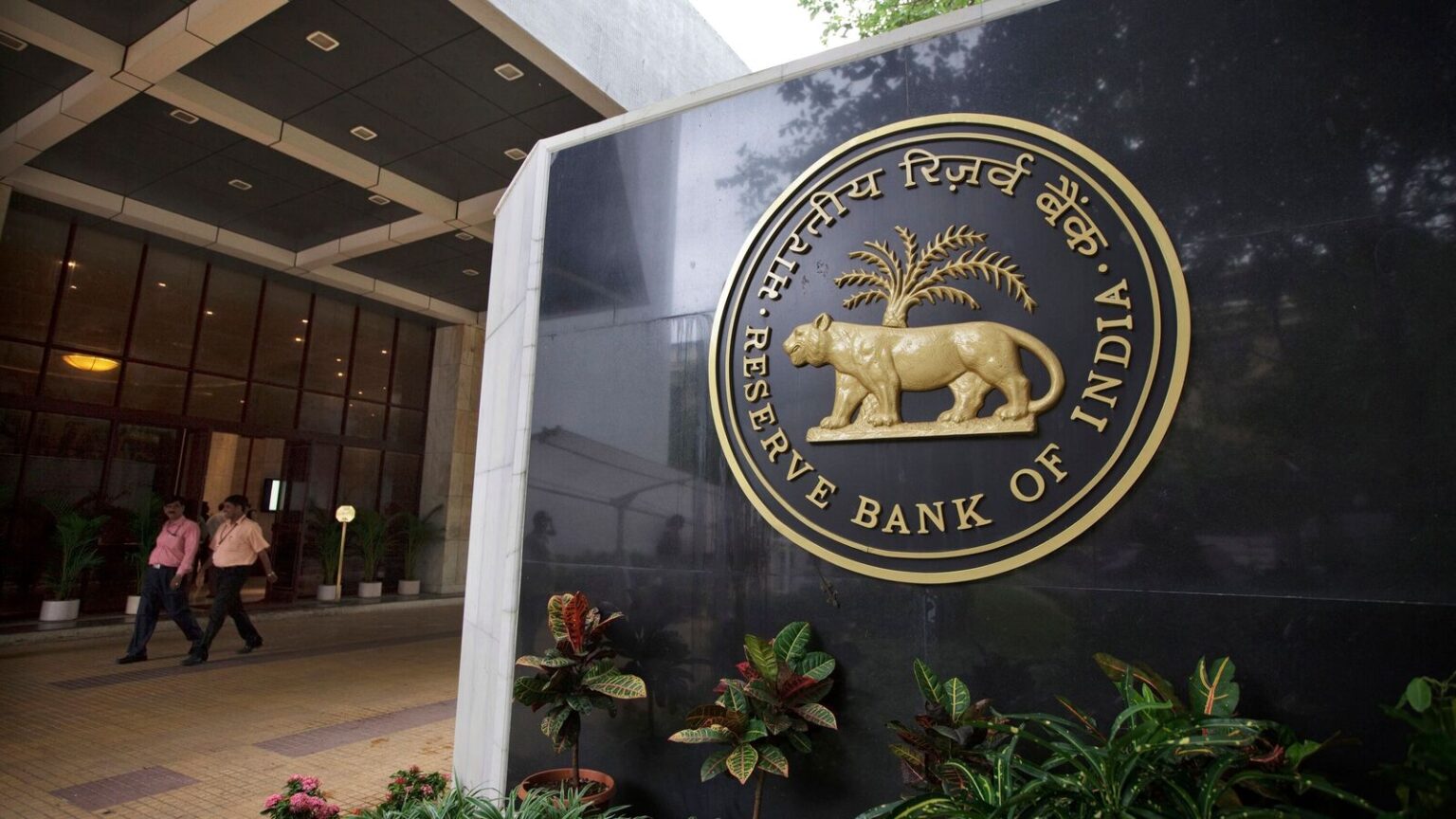Despite a notable drop in July’s Consumer Price Index (CPI) inflation to below 4%, a reduction in the Reserve Bank of India’s (RBI) repo rate remains unlikely in 2024. This cautious stance is driven by several economic factors and policy considerations.
Firstly, while July’s CPI inflation falling below 4% might seem like a strong signal for monetary easing, it is important to view this data in the broader context of India’s economic landscape. The RBI’s monetary policy decisions are influenced not only by current inflation figures but also by projected inflation trends, economic growth prospects, and global economic conditions.

Source:- news 18
The RBI’s primary objective is to ensure price stability and support economic growth. Even though inflation is below 4%, the RBI remains wary of potential risks, including global economic uncertainties and domestic supply chain disruptions. These factors could impact inflationary trends in the future. Additionally, the RBI might be concerned about the effects of a repo rate cut on financial stability, given the ongoing adjustments in the global financial system and domestic market dynamics.
Source:- BBC news
Furthermore, the RBI’s monetary policy framework emphasizes the importance of inflation targeting. The central bank may prefer to maintain the current repo rate to ensure that inflation expectations remain well-anchored and to avoid any premature policy shifts that could destabilize the economic recovery.
Economic indicators such as GDP growth, employment data, and external sector performance also play a crucial role in shaping monetary policy. The RBI’s decision-making process involves a holistic assessment of these variables to ensure a balanced approach.
In summary, despite the favorable CPI inflation data for July, the RBI is likely to maintain a cautious stance on repo rate cuts in 2024, focusing on broader economic stability and long-term inflation targets.
Share your views in the comments

